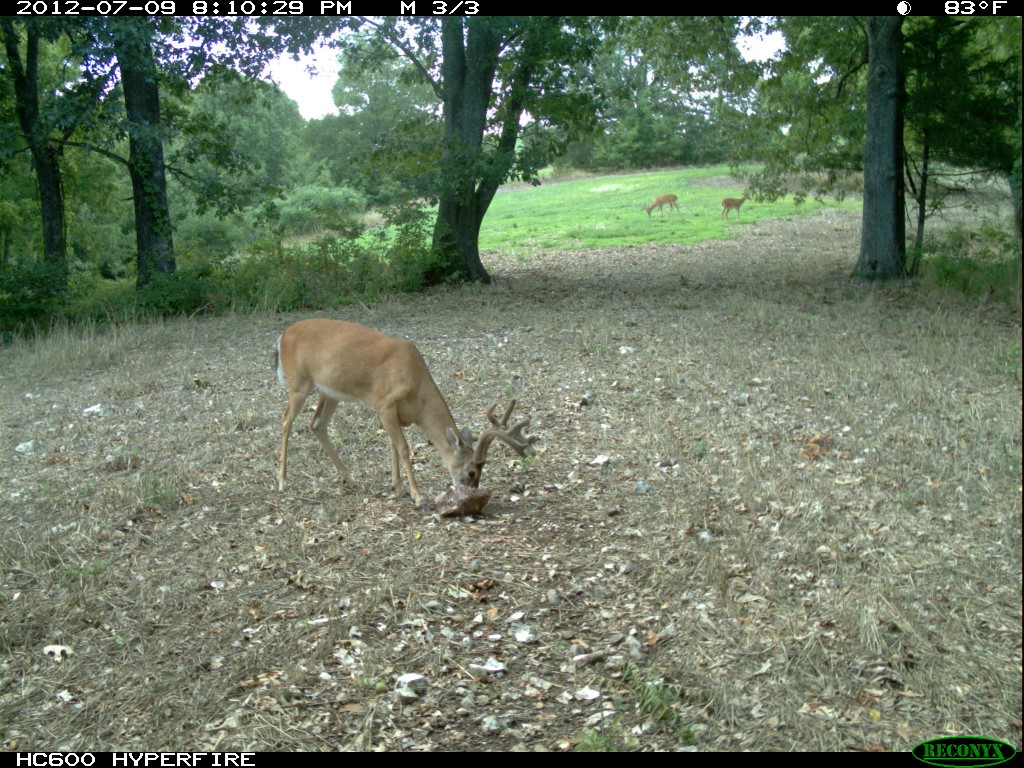Scouting for Mature Bucks, Pt. 1
Filed under: Deer Hunting, Hunting Blog
There are five bits of information I strive to get starting now and throughout deer season that helps me pattern and harvest mature white-tailed bucks. These include:
- Determining if mature bucks are in the area
- Learning which mature bucks move more during daylight
- The locations of food, cover and water within their range
- Which habitat features (food, cover, and water) are most huntable under specific conditions
- Characteristics of targeted bucks
I’ll share my thoughts on the first three of these today and finish part 2 next week.
Scout to determine if mature bucks are in the area: The first step to harvesting a mature buck is hunting where mature bucks live. I don’t mean hunting in Kansas because it produces mature bucks annually. I mean hunting within the range of one or more mature bucks. To be more specific, I mean having stands/blinds in an area where a mature buck is active during hunting season. Seeing mature bucks in a bean field that’s recently been harvested will likely result in the hunter having plenty of time to read. This is especially true if a more preferred food source (standing beans, etc.) occurs within that buck’s home range during the remainder of hunting season.
Learning which mature bucks move more during daylight: Seeing or getting a Reconyx image of a mature buck is always a thrill. However getting multiple pictures of a mature buck during daylight is much better. Bucks have unique personalities. Finding bucks that tend to move during daylight hours is a huge step toward locating harvestable mature bucks! Gads of studies using GPS collars, etc., have conclusively shown that most mature bucks move more at night. Finding the buck that shows a trend of being active during daylight in an area where you have permission to hunt is a HUGE step toward harvesting that deer.
The locations of food, cover, water within their range: Most stands will be located near food, cover, or water. These are necessary components of habitat for a deer to survive. Knowing where each of these habitat components is located and which one the buck frequents the most during daylight is critical for stand placement. I often don’t place a stand directly overlooking food, cover, or water. Rather I place my stand in areas where I believe the buck is traveling to one of these critical types of habitat. Mature bucks will often reach these destinations just at or during dark. By selecting a stand location along his travel route, I’ve increased my odds of seeing him during legal shooting hours.
If the buck is using more than one source of food, cover, and water during daylight, there’s an even more important factor that will determine my stand location. I’ll share that next week.
It’s almost deer season! Let the serious scouting for 2012 begin!
Growing (and hunting) Deer together,
Grant




